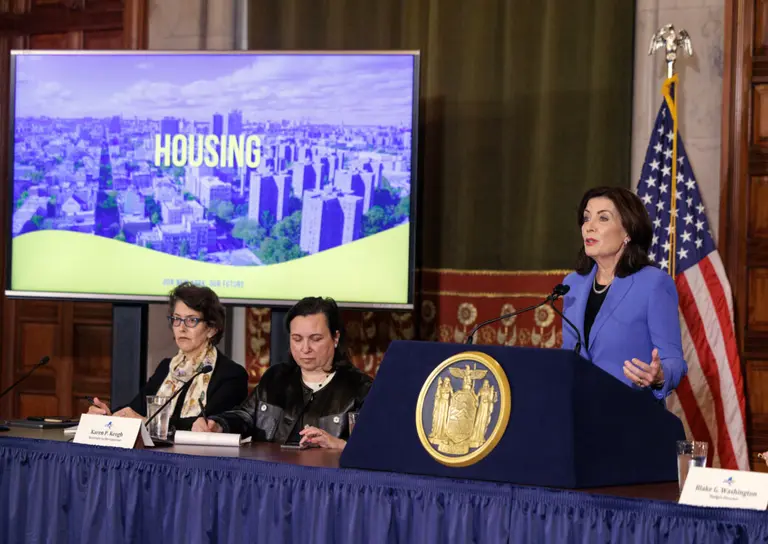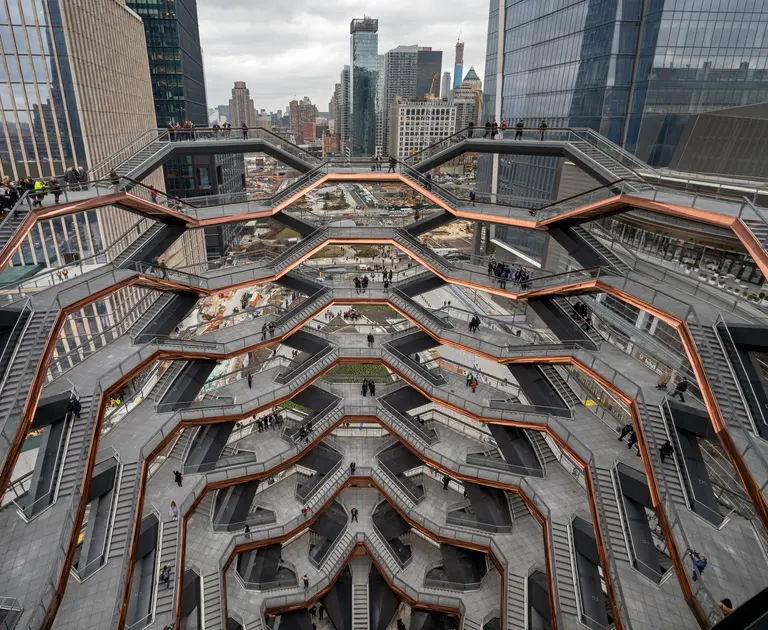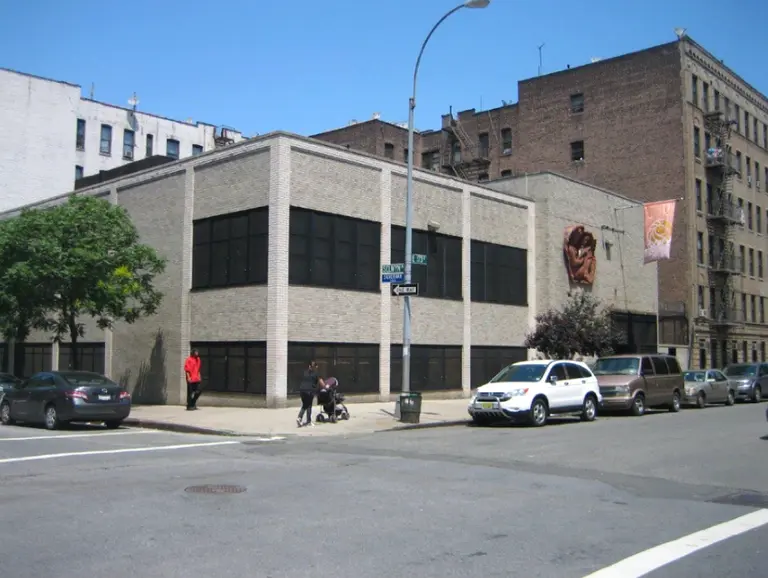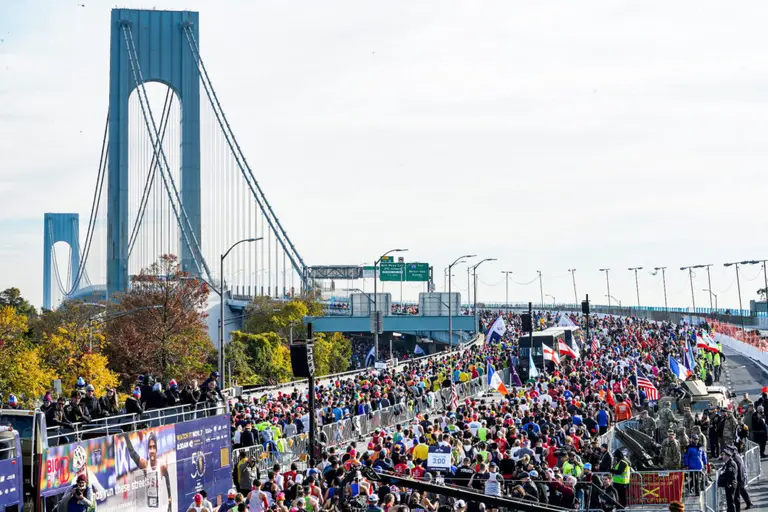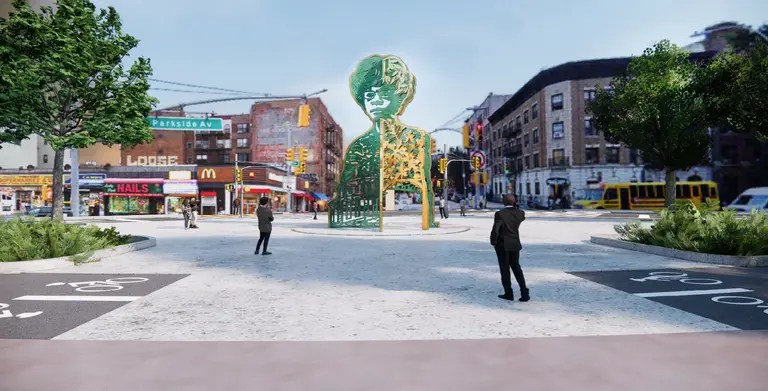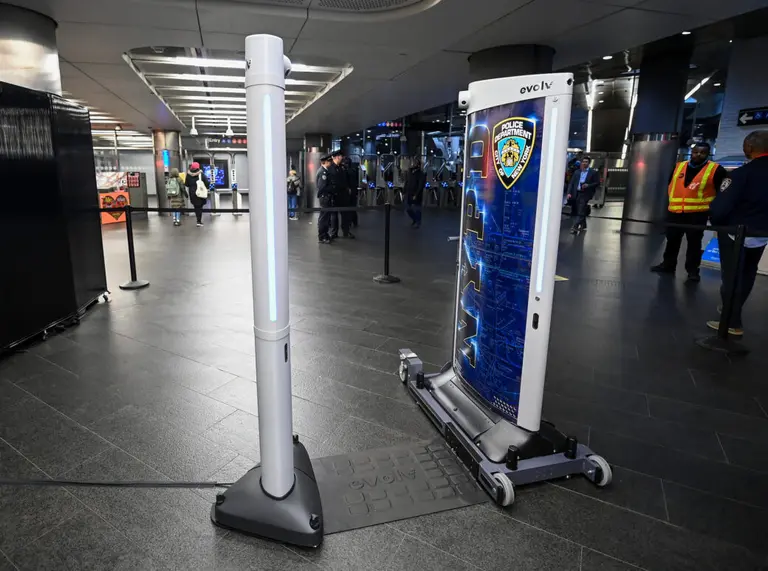Despite revised capital plan, MTA does not increase spending for subway improvements
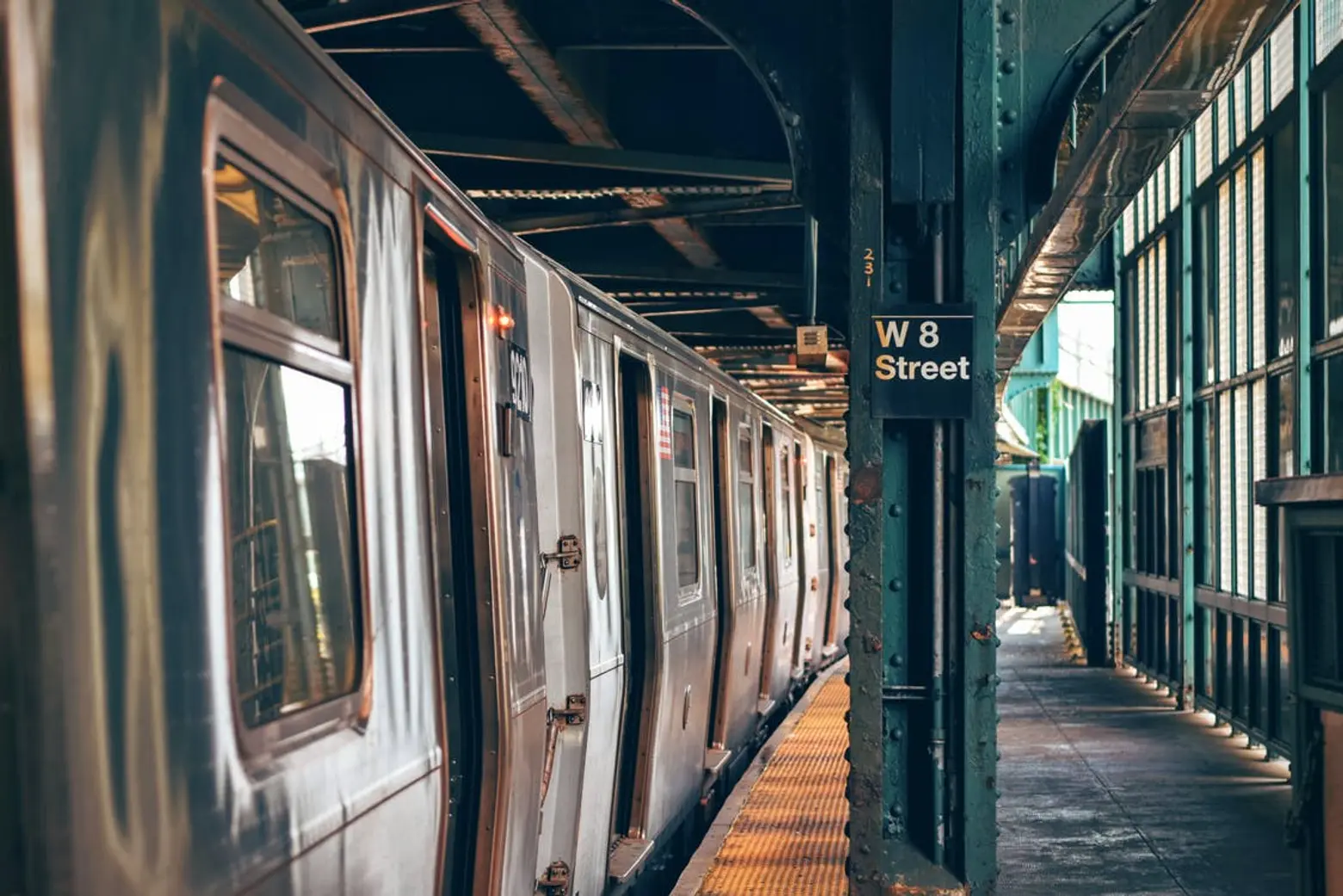
While just a few days ago Governor Cuomo announced his “aggressive” action plan to combat the chronic problems of the city’s subway service, the MTA’s new version of its capital plan released Wednesday shows barely any increase in spending for system improvements. As the New York Times reported, the agency increased its current five-year capital plan from $29.5 billion to $32.5 billion, adding $1.6 billion in debt. However, instead of allocating funds for subway service improvements, spending instead will go towards projects seen as priorities for Cuomo, like electronic tolling at bridges and the next phase of the Second Avenue Subway.
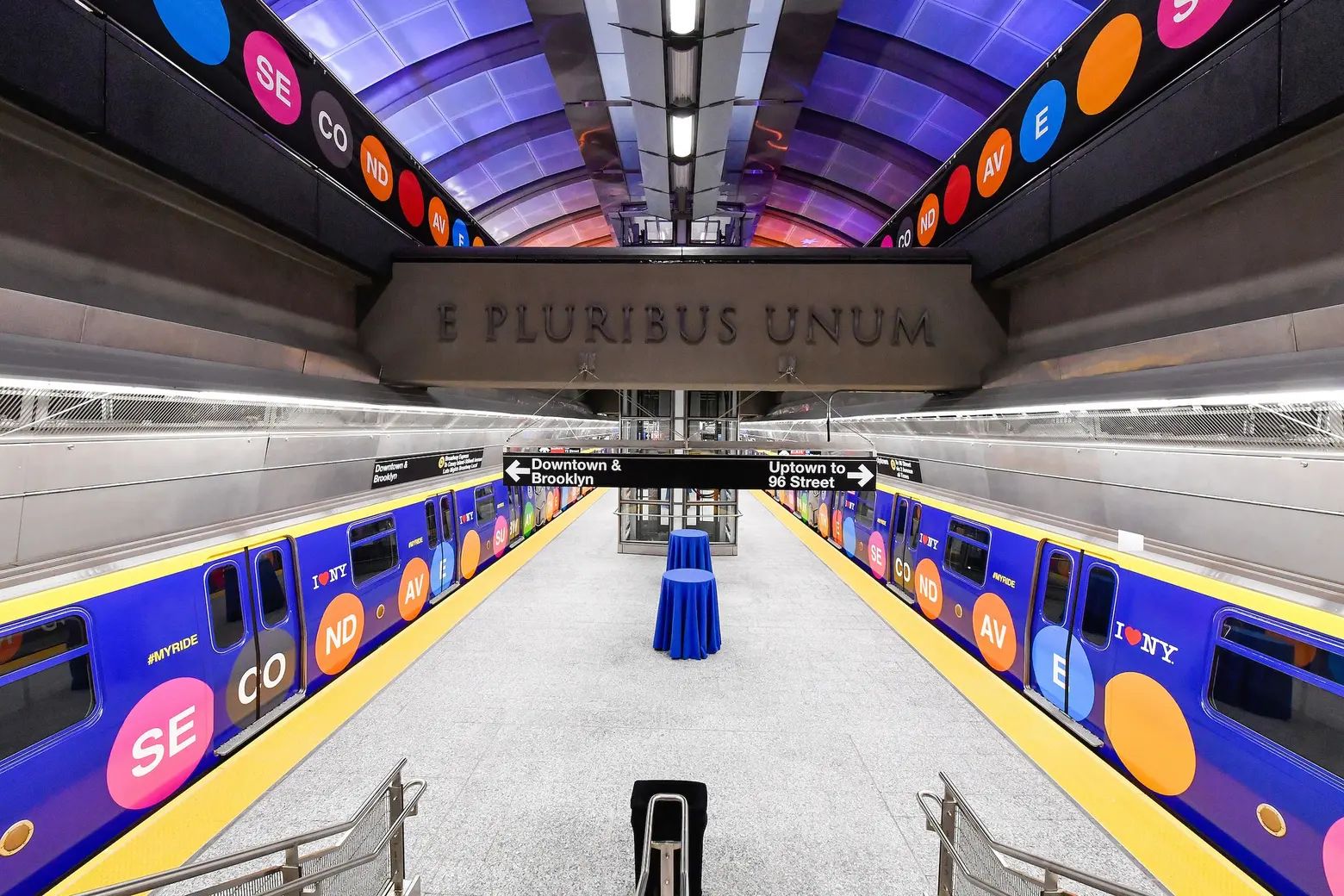
The MTA’s new version of its plan keeps spending for subways the same, with no significant increase for the installation of a modern subway signal system. Rather than investing in subway improvements that could help trains run more frequently and effectively, the plan provides $1.5 billion for a new track on the Long Island Rail Road, $400 million for electronic tolling and $700 million in additional funding for the Second Avenue subway’s second phase.
Robert Foran, the MTA’s chief financial officer, said this revised plan would increase the agency’s debt by about $5 billion, bringing it to nearly $42.5 billion in total. Despite this steep increase, the authority will not raise fares or tolls above the scheduled increase every two years. “This is not putting any additional pressure on fares and tolls,” Foran said.
The board’s capital plan may be amended again, based on the results of the “MTA Transit Genius Challenge,” a competition launched by the governor to find innovative solutions to the subway’s many problems. As 6sqft recently reported, the international competition challenges participants to develop ideas for better signaling, new car designs, and WiFi throughout the system, including in tunnels. The winner of each category will receive $1 million and a possible contract deal with the state
Cuomo, who is in charge of the MTA, received criticism from advocates and public officials for not taking enough responsibility for the failing transit system. As amNY learned, after the MTA first introduced its proposed 2015-2019 capital plan, Cuomo called the $32 billion budget “bloated.” Then following a year of negotiations between Cuomo and stakeholders, they reduced spending to $29.5 billion. After the governor announced various new plans, the capital plan currently is larger than first proposed.
Board member and executive director of the Tri-State Transportation Campaign, Veronica Vanterpool, said the MTA should not assume any more debt. “I find it very curious that it’s not a ‘bloated’ plan anymore now with a different set of priorities,” she said. “My biggest concern is that there should be more state funding so that the MTA doesn’t have to take out that debt. If there’s a new set of priorities, let’s make sure there’s funding to match that new set of priorities — and there isn’t.”
[Via NY Times]
RELATED:



